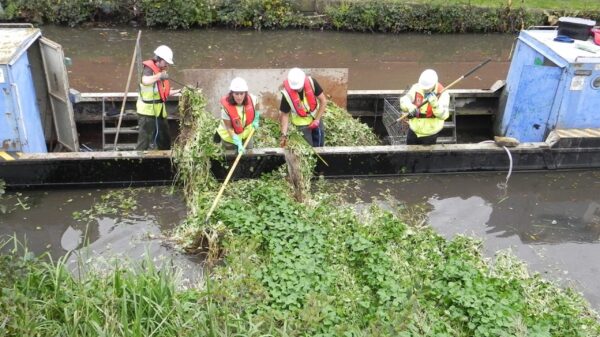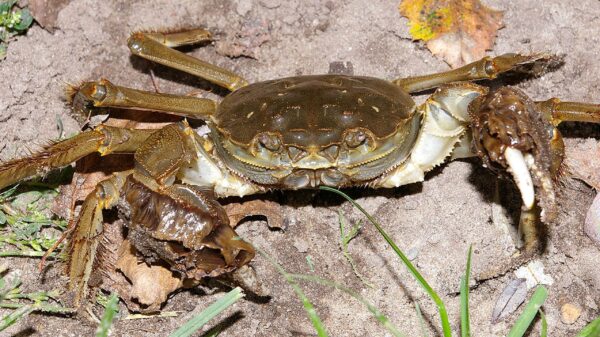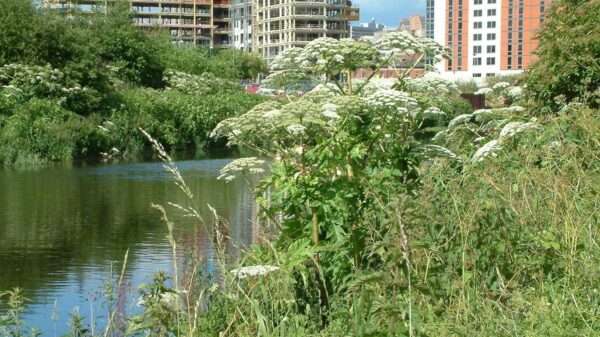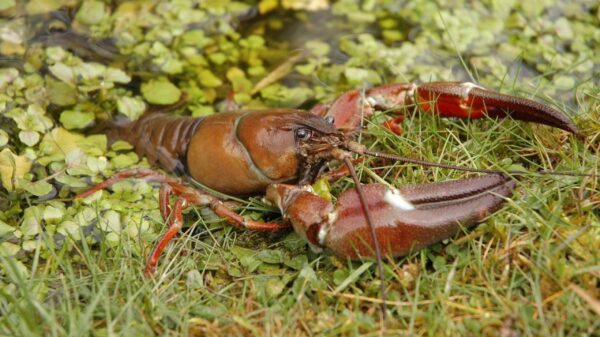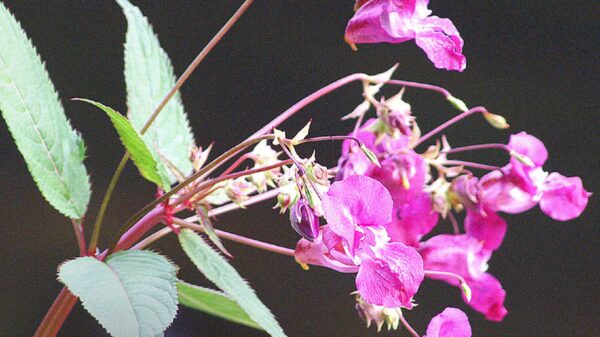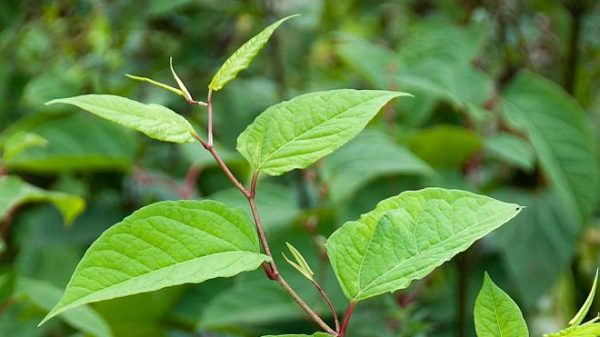Identifying Floating Pennywort
Floating Pennywort is an aquatic plant forming dense, creeping mats of vegetation across the water surface.
- Leaves are green, shiny, kidney-shaped with a crinkled edge, frequently broader than long and up to 7cm.
- Leaves can be floating or emergent.
- Winter foliage varies little but mats of vegetation may reduce in size and be found nearer the water’s edge.
- Flowers appear between July and August but it rarely flowers in the UK.
- Similar species is Marsh Pennywort (Hydrocotyle vulgaris). This native species has smaller leaves (1.5cm diameter) which are round and complete.
Visit the Non-Native Species Secretariat website for more information on identifying Floating Pennywort.


